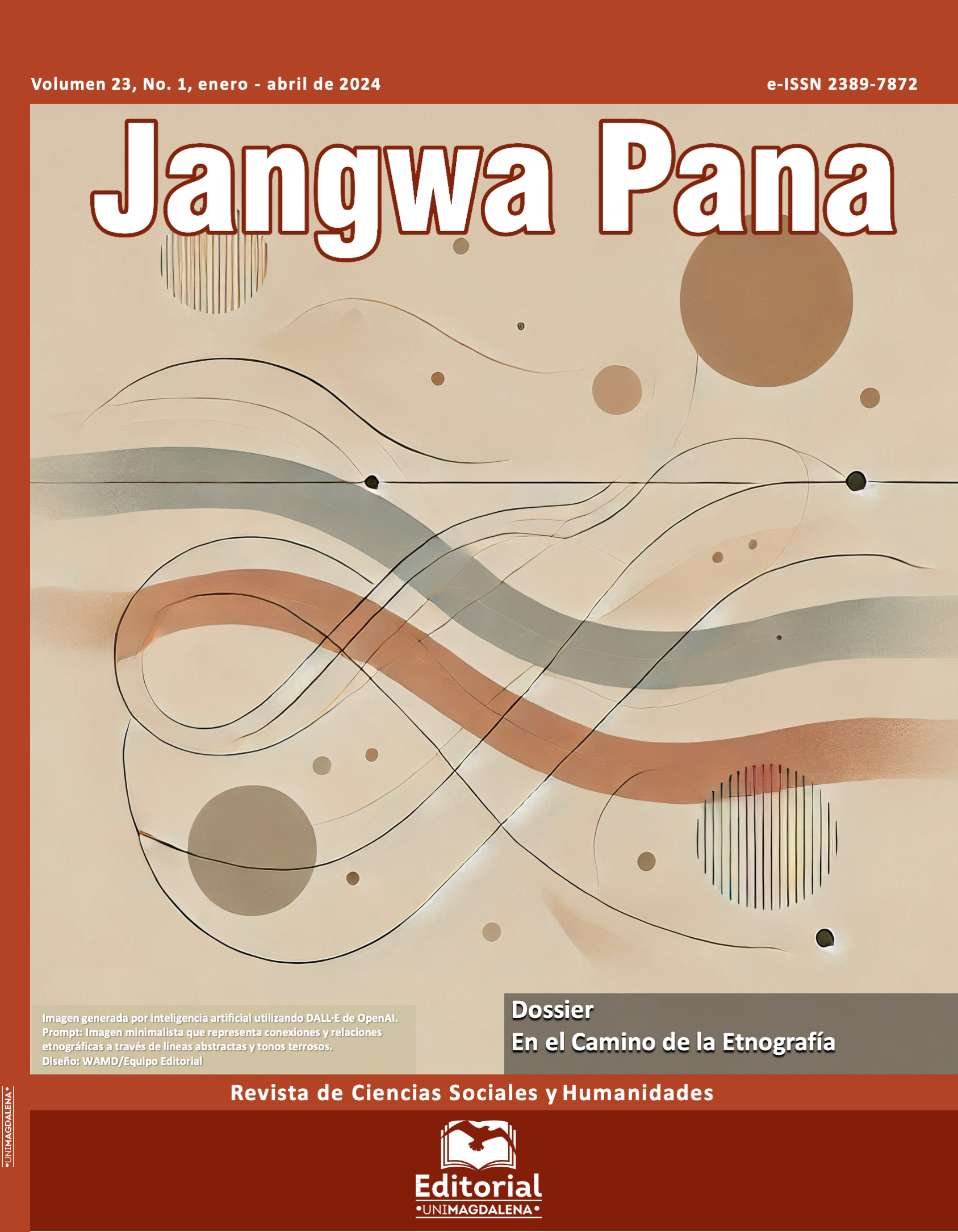From Industrial City to Knowledge City: A Comparative Study of Singapore and Medellín, Mid-20th and Early 21st Centuries
Main Article Content
Abstract
Downloads
Article Details
References
Alcaldía de Medellín. (2006). Acuerdo 46 de 2006: Plan de Ordenamiento Territorial (POT). https://bit.ly/3dLgiXS
Alcaldía de Medellín. (2012). Resumen: Plan de Desarrollo 2012-2015. Medellín, un hogar para la vida. https://bit.ly/2X1MHCV
Alcaldía de Medellín. (2016). Medellín. Construyendo confianza. Publishing and Layout.
Apperti, L. (2015, 11 de agosto). Singapur: ejemplo a NO seguir. Milenio. https://bit.ly/2xHCpz9
Banco Mundial. (2017, 9 de junio). Medellín, laboratorio mundial sobre desarrollo urbano. https://acortar.link/0VIhq9
BBC Mundo. (2015, 9 de agosto). De pantanos a rascacielos: los secretos del fantástico éxito de Singapur. https://bbc.in/2A1rsch
Behrentz, E. (2015, 23 de noviembre). Singapur vs. Colombia (parte I). El Tiempo. https://www.eltiempo.com/archivo/documento/CMS-16439042
Behrentz, E. (2016, 1 de febrero). Singapur vs. Colombia (parte II). El Tiempo. https://www.eltiempo.com/archivo/documento/CMS-16497460
Competencia CAP. (2020). Développement autocentré, développement extraverti. https://bit.ly/3JxVox8
Datosmacro. (2020). Singapur: Economía y demografía. https://datosmacro.expansion.com/paises/singapur
De Koninck, R. (2020). La cité-État de Singapour : l’innovation au service du contrôle social. Hérodote, (176), 201-218.
EDHEC Business School. (2018, 28 de agosto de 2018). Wide Open nos habla de Ruta N, el Centro de Innovación de Medellín. https://www.edhec.edu/fr/news/widexopen-nous-parle-de-ruta-n-le-hub-dinnovation-de-medellin
Faure, M. (1992, 27 de febrero). Batam, l’île usine. L’Express, 80-82.
Fideli, R. (1998). La comparazione. Agneli.
Garay, L. (1998). Colombia: estructura industrial e internacionalización 1967-1996. Cargraphics.
Las 2 Orillas. (2019, 15 de julio). Singapur y Medellín trabajando en conjunto. https://www.las2orillas.co/singapur-y-medellin-trabajando-en-conjunto/
Les Echos. (2018, 22 de mayo). Medellín, la ciudad violenta que se ha convertido en modelo de urbanización. https://bit.ly/2zDUkY8
López, R. (Director). (2017). Relatos mágicos: la colonización antioqueña [Documental]. Teleantioquia.
Martínez, C. (2016, 19 de marzo). Medellín gana el Premio Lee Kuan Yew, considerado el premio de urbanismo más importante del mundo. Plataforma Urbana. https://bit.ly/2L6ukXL
Maxwell, J. (1996). Qualitative research design. An interactive Approach. Sage Publications.
Palatino, M. (2013, 1 de noviembre). Singapur rechaza propuesta para definir línea de pobreza. https://bit.ly/2WDDeRM
Rivera, J. (2018). Potencial exportador de Medellín en tercerización de servicios: retos y fortalezas del sector. Mundo Asia Pacífico, 8(13), 6-18.
Salvá, A. (2015, 10 de agosto). Las dos caras del éxito de Singapur. El País. https://elpais.com/internacional/2015/08/09/actualidad/1439155558_848900.html
Sánchez, A. (2013). La reinvención de Medellín. Lecturas de Economía, (78), 185-227. 10.17533/udea.le.n78a15768
Sassen, S. (2007). El reposicionamiento de las ciudades y regiones urbanas en una economía global: ampliando las opciones de políticas y gobernanza. EURE, (100), 9-34.
Sevin, O. (2012). Existe-t-il un modèle singapourien de développement urbain? Belgeo, (4). https://journals.openedition.org/belgeo/8613
Valencia, J. (2007). Los principios y valores del Estado social de derecho como marco jurídico-político para la resolución de los conflictos. Gestión y Ambiente, 10(1), 105-112. https://revistas.unal.edu.co/index.php/gestion/article/view/1382
Vélez-Tamayo, J. (2014). Medellín: una ciudad hacia el sector servicios y los efectos en el empleo. Memorias, 12(21), 25-39.

